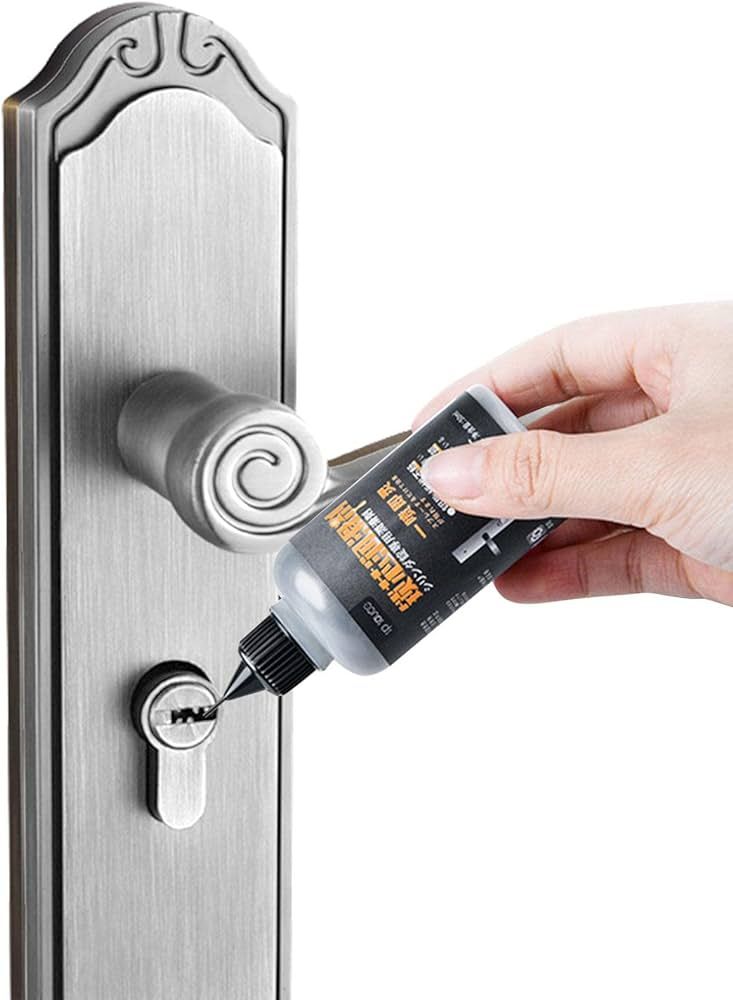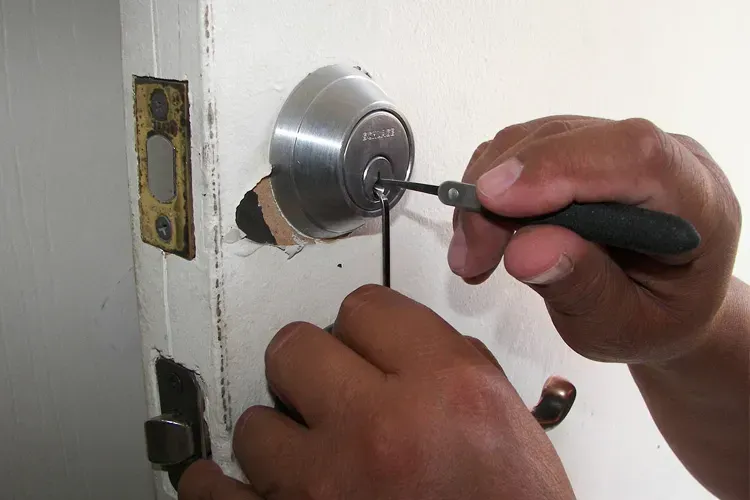Best Lubricants for Door Locks
Ever struggled with a sticky door lock that just won't budge? You're not alone. Keeping your door locks in tip-top shape is essential for smooth operation and longevity. The secret? Using the right lubricant. But with so many options out there, it can be tough to know which one to choose. Don't worry, we're here to help. In this guide, we'll walk you through the best lubricants for door locks, ensuring your locks stay smooth and reliable. Let's dive in and find the perfect solution for your needs!
Read more about door lock lubricants over here!
Understanding Door Lock Lubrication
Why Lubrication is Important
- Prevents Wear and Tear: Regular lubrication reduces friction, preventing the internal components from wearing down prematurely.
- Ensures Smooth Operation: A well-lubricated lock mechanism operates smoothly, making it easier to turn the key and open the door.
- Extends the Life of the Lock: Proper lubrication helps maintain the integrity of the lock, ensuring it lasts longer and functions reliably.
Common Issues with Unlubricated Locks
- Jamming: Lack of lubrication can cause the internal components to stick together, leading to a jammed lock.
- Difficulty in Turning the Key: Without lubrication, the key can be hard to turn, causing frustration and potential damage to the lock or key.
- Increased Risk of Damage: Friction from unlubricated parts can cause significant wear and tear, increasing the likelihood of the lock failing or breaking.

Types of Lubricants for Door Locks
Graphite Powder
- Pros: Excellent for lubricating locks without attracting dust and dirt. Provides smooth operation and is easy to apply.
- Cons: Can be messy to use and may stain surfaces.
- Best Use Cases: Ideal for outdoor locks exposed to the elements and high-traffic areas where dust and debris are common.
Silicone Spray
- Pros: Offers good lubrication without leaving a sticky residue. Protects against moisture and corrosion.
- Cons: Needs to be applied carefully to avoid over-spraying. May not last as long as other lubricants.
- Best Use Cases: Suitable for both indoor and outdoor locks, particularly in humid or wet environments.
Teflon (PTFE) Spray
- Pros: Provides a long-lasting, dry lubrication that resists dirt and grime. Easy to apply and highly effective.
- Cons: Can be more expensive than other options.
- Best Use Cases: Perfect for high-security locks and those used frequently, as it maintains a clean and efficient operation.
Dry Lubricants
- Pros: Do not attract dust and dirt, providing clean and efficient lubrication. Long-lasting and effective in various conditions.
- Cons: May require more frequent application compared to other lubricants.
- Best Use Cases: Ideal for environments where cleanliness is crucial, such as residential and office settings.
Best Lubricants for Door Locks
WD-40 Specialist Dirt & Dust Resistant Dry Lube
- Pros: Formulated to repel dirt, dust, and grime, ensuring long-lasting lubrication. Provides smooth operation without attracting debris.
- Cons: May require more frequent application in high-traffic areas.
- Best Use Cases: Ideal for outdoor locks exposed to dust and dirt, as well as locks in industrial or commercial settings.
DuPont Teflon Non-Stick Dry-Film Lubricant
- Pros: Features a non-stick formula that provides clean, dry lubrication. Resistant to moisture and corrosion, ensuring reliable performance.
- Cons: May be more expensive compared to other options.
- Best Use Cases: Perfect for locks in high-humidity environments or those prone to rust and corrosion.
3-IN-ONE Lock Dry Lube
- Pros: Specifically designed for locks, offering smooth and quiet operation. Dries quickly without leaving a residue, minimizing the risk of attracting dirt.
- Cons: May require multiple applications for optimal results.
- Best Use Cases: Suitable for both indoor and outdoor locks, providing reliable lubrication in various conditions.
CRC Dry Graphite Lube
- Pros: Contains graphite powder for long-lasting lubrication and protection against wear. Resistant to high temperatures and extreme pressures.
- Cons: Can be messy to apply and may stain surfaces.
- Best Use Cases: Ideal for locks in harsh environments, such as garage doors or outdoor gates, where durability is essential.
How to Properly Lubricate a Door Lock
- Choose the Right Lubricant: Select a suitable lubricant based on the lock type and environmental conditions.
- Prepare the Lock: Clean the lock thoroughly to remove any dirt, debris, or old lubricant buildup.
- Apply the Lubricant:
- Spray a small amount of lubricant directly into the keyhole and along the keyway.
- For cylinder locks, insert the nozzle of the lubricant spray into the keyhole and spray a short burst.
- Work the Key: Insert the key into the lock and turn it several times to distribute the lubricant evenly throughout the mechanism.
- Operate the Lock: Test the lock to ensure smooth operation. If the key turns easily and the lock operates smoothly, the lubrication process is complete.
- Wipe Off Excess Lubricant: Use a clean cloth to wipe away any excess lubricant from the lock surface, key, and surrounding area.
- Repeat if Necessary: If the lock still feels stiff or sticky after lubrication, repeat the process with a slightly larger amount of lubricant.
- Regular Maintenance: Schedule regular maintenance to keep the lock properly lubricated and functioning smoothly over time.
Conclusion
Properly lubricating your door locks is essential for ensuring smooth operation and extending their lifespan. By following the steps outlined above, you can maintain your locks in optimal condition and avoid common issues such as jamming or difficulty in turning the key.
Remember to choose the right lubricant for your specific lock type and environmental conditions, and always clean the lock before applying lubricant to ensure optimal performance. Regular maintenance and lubrication will keep your door locks operating smoothly and reliably for years to come, providing you with peace of mind and security for your home or property.
Call Us Any Time!






